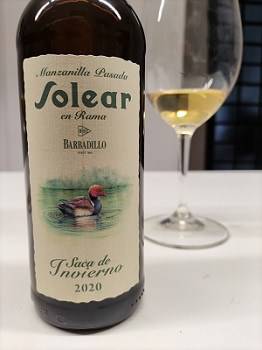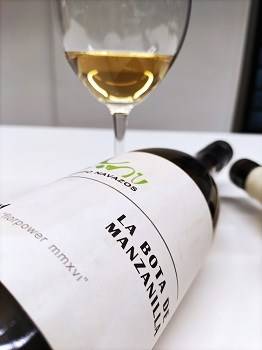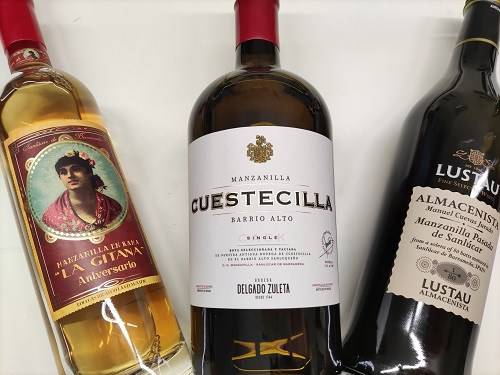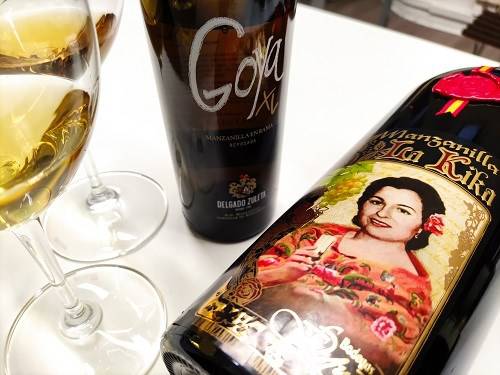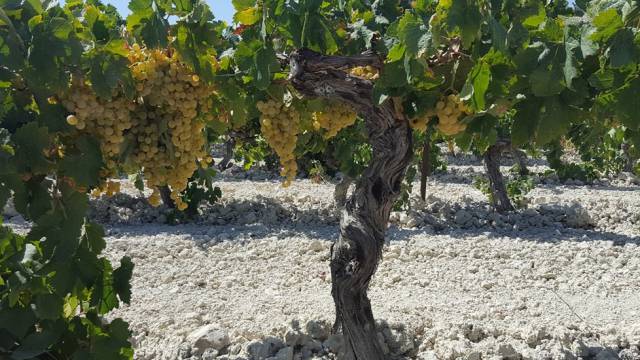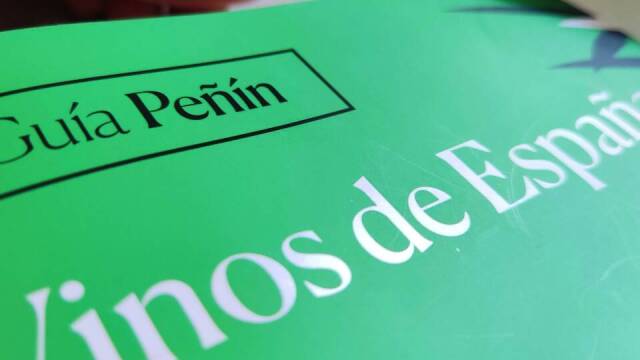Knock-knock. Sherry and Manzanilla enter the tasting room of the Peñín Guide, everybody stand up! One must surrender to greatness when it is before you, except that the brilliance we bring you today comes with a tremendous dramatic burden.
This article could have been written five years ago and it is more than likely that it would have been just as relevant then as it is now, which is frankly dramatic in a world, the world of wine, where genius is not the order of the day. And if the wines in this corner of the planet are great, unique, different, vibrant and timeless, what has to happen for people to recognise them? Where are we going wrong?
Today we publish the first issue of what will be the Peñín Guide 2022, to which you can enter from today here, and we kick off in the same way we always do, with the wines of Jerez and Manzanilla de Sanlúcar, two unique appellations. We are always full of praise for their wines and this year we will do so again, because despite the economic vicissitudes of the Marco de Jerez region, its wines continue the path of excellence, with a markedly local character.
On this occasion, the Manzanilla appellation has brought us 36 wines, of which only two are below 90 points. These are not the only wines produced here. There is also a range of wines with the Manzanilla de Sanlúcar de Barrameda label that escape the Guide's scrutiny and usually occupy their space on supermarket shelves as a brand name. These wines are sold at such astonishingly low prices that they leave a trace of mediocrity in the consumer's mind. Fortunately, and unfortunately, this showcase, which sends a silent message to the consumer, is not a total reflection of the reality of Sanlúcar and its Manzanillas. The same situation applies equally to wines from the Jerez appellation. The wines of the region are still finding it difficult to engage the less educated consumer, which means they have yet to heal their old wounds, despite having experienced an upturn on Instagram, driven by the stoic attitude of a handful of brave people in love with "Jerez", among whom we find the majority of professionals in the industry: producers, marketers, prescribers and communicators. Even the world of haute cuisine uses these unique wines to create or harmonise its dishes, as the popular chef Dani García recently acknowledged in an interview. If there is one thing these wines have in common, it is that they are very diverse, complex and profound.
And although the trend in the last 10 years is that more and more wineries are making more authentic and sincere wines (less filtered and softened), as we have seen year after year in the tasting exercise of their wines, there is still more to do, it is not enough.
The hope for "Jerez" lies in abandoning the path of cheap wines for the supermarket and focusing on its essence, purity and fair price. We pointed this out in an article published in 2018 and today, three years later, it is still relevant. Sherry and Manzanilla cannot compete on price. No one in their right mind can think that for little more than three euros the most global consumer will decide to opt for a wine from the Marco, its flavours are special and sometimes complicated for them. Instead, it is more than likely that consumers will invest in a Castilian verdejo or a Catalan macabeo. In short, there is no way out.
Many wineries in the Marco seem to have understood this. They have clearly seen that the premium and value segment is one of their paths, at least in their medium-term objective. But this decision leads us to the next step. Under this premise of focusing on the purest elaborations, it is more than likely that less quantity will be sold. Most producers are already facing this problem. To be able to sell the large quantity of grapes that will remain unmarketed, it is necessary to open the door to the production of "unfermented" still wines, which can be protected by the D.O., even if along the way they decide to name and protect this range with another name and label, such as "Vinos del Marco". Winemakers also need to be proactive enough not to treat these wines in a lesser way. It is more than likely that many winemakers, accustomed to sherry winemaking, will have to invest time and training in the production of still wines. The sherry winemaker does not necessarily make good still wines and usually the opposite is true, making very good, fortified wines but not still wines. So, it is not an easy or quick career, but it is a viable solution.
The organoleptic and hedonistic part of these wines remains intact and vibrant, as always. In the case of Manzanilla de Sanlúcar, at the top of the pyramid we came across two wines of those that stun you: Solear en Rama Saca de Invierno and La Bota de Manzanilla 101 FlorPower 2016, opposite and complementary concepts that show two of the excellent lines of work that currently coexist in the area. The Navazos team has left us a vintage manzanilla from a unique pago, Pago Miraflores La Baja through the seal of its FlorPower brand, a benchmark brand to understand part of the recent history of the wines of the Marco, responsible for the beginning of the so-called silent revolution of Jerez, along with other brave winemakers. This Florpower is already a Manzanilla and not the white wine without a label that revealed other possibilities to us back in 2014, when it was nominated for Vino Revelation along with other great references unknown at that time, such as Sietejuntos Syrah 2011 Tinto (Bodega MicroBio Wines), Sorte O Soro 2011 Blanco (Bodega Rafael Palacios) or Táganan Parcela Margaelagua 2012 Tinto (Envínate).

 Log in
Log in

